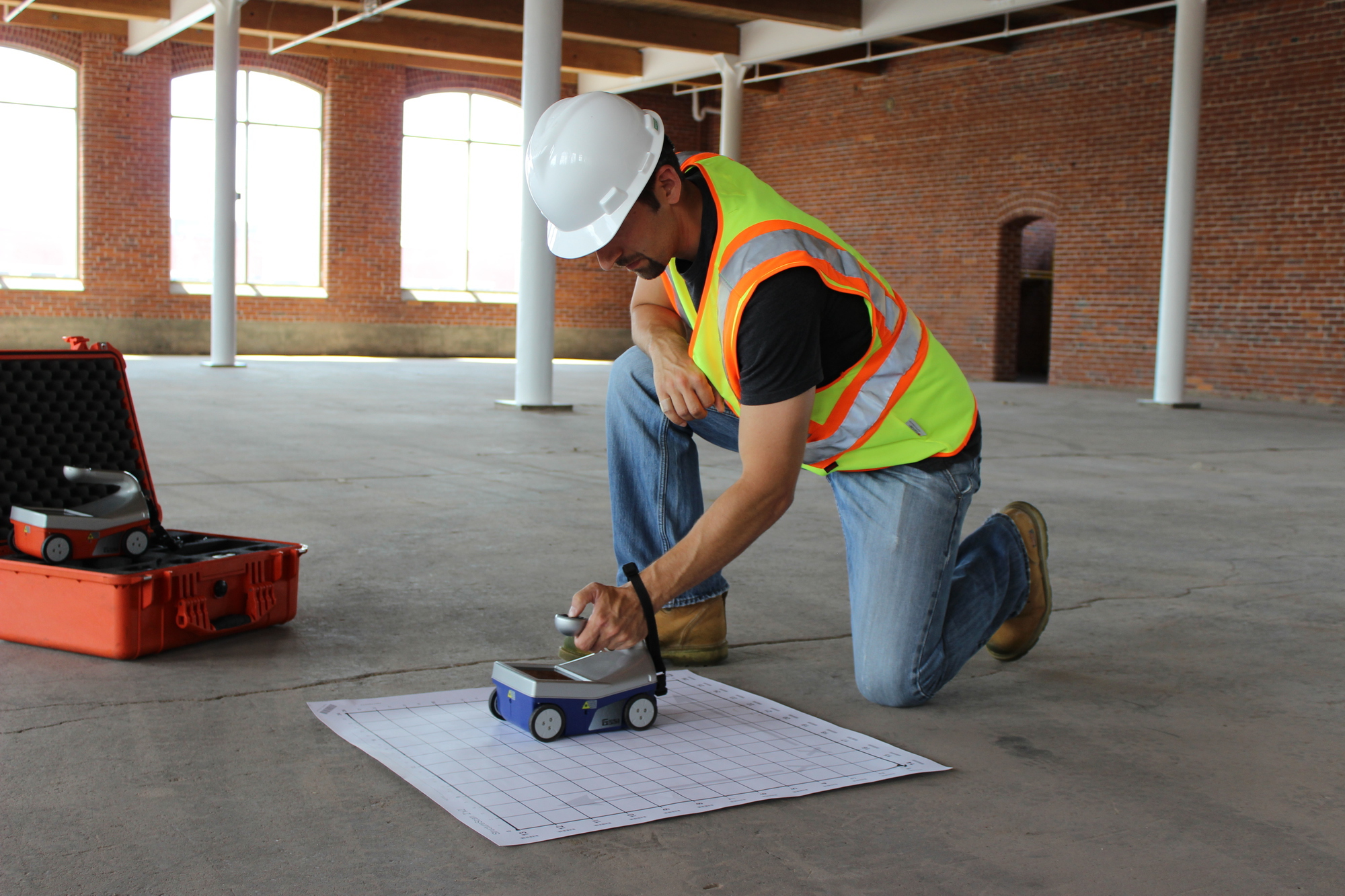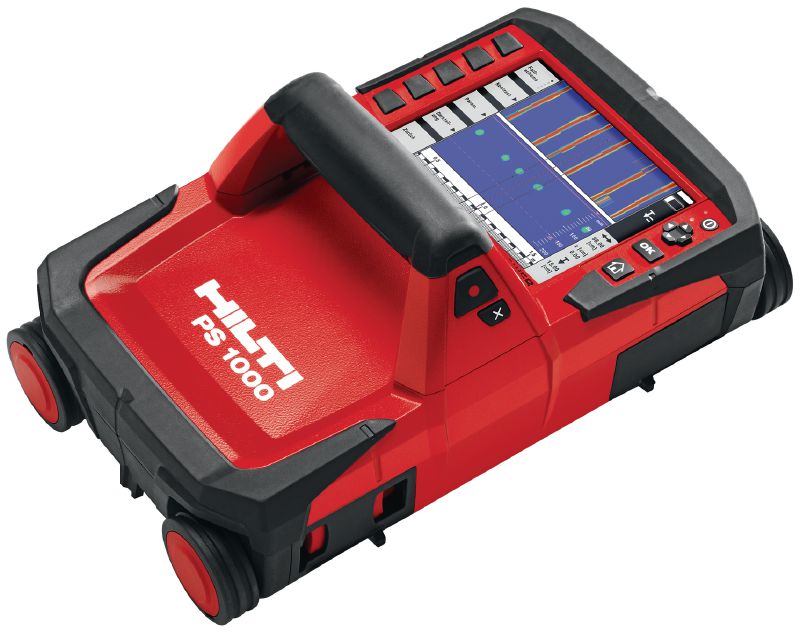Discover Hidden Obstacles with RainierGPR Concrete Scanning Technology
Discover Hidden Obstacles with RainierGPR Concrete Scanning Technology
Blog Article
The Significance of Specific Concrete Scanning in Finding Underground Hazards
The capacity to properly identify and map these below ground risks is not just a matter of ease however an essential facet of ensuring the safety of both building and construction workers and the integrity of the task itself. By deploying innovative scanning technologies and techniques, professionals can reveal covert threats, prevent expensive problems, and ultimately lead the way for smoother and more secure construction undertakings.
Advanced Scanning Technologies for Detection
Cutting-edge radar systems are transforming the area of below ground detection by supplying unequaled precision and effectiveness. These innovative scanning modern technologies utilize ground-penetrating radar (GPR) to create in-depth images of subsurface frameworks, offering insights into what exists below the surface area with impressive quality. By giving off high-frequency pulses into the ground and determining the representations, radar systems can identify variations in material composition and find below ground threats such as pipes, spaces, and cords.
One of the crucial benefits of these innovative radar systems is their non-invasive nature, permitting for extensive assessments without triggering damages to the existing frameworks. This not only makes certain the safety and security of the surrounding setting yet likewise lessens the requirement for expensive repair services or disturbances to continuous building and construction projects. Additionally, the real-time data provided by these scanning technologies enables quick decision-making and enhances overall task performance.
Relevance of Subsurface Mapping

Exact subsurface mapping aids in preventing costly damages to existing underground facilities, lowering the threat of crashes, and maintaining project timelines. It allows job supervisors to make informed choices concerning site planning, devices implementation, and resource allotment. Furthermore, subsurface mapping permits much better sychronisation among different groups servicing a task and assists in conforming with regulatory needs connected to below ground utility detection.
Mitigating Risks in Construction Tasks
Effective threat mitigation methods are essential for making sure the success and safety and security of building tasks. One crucial facet of mitigating risks in building and construction projects is comprehensive preparation and analysis at the initial stages.
In addition, developing clear interaction networks among all project stakeholders and guaranteeing strict adherence to safety protocols are important components of risk mitigation. By proactively executing robust threat reduction methods, building jobs can reduce delays, price overruns, and safety and security cases, inevitably leading to effective task end results.

Avoiding Pricey Damages and Hold-ups
To decrease economic losses and job obstacles, reliable strategies have to be applied to protect against pricey problems and delays in a knockout post construction projects. Recognizing these blockages early on assists in preparing the project format more efficiently and avoiding potential problems during excavation.
Additionally, investing in training programs for building and construction employees on the significance of concrete scanning and safe excavation techniques can dramatically reduce the risk of accidents and hold-ups. Clear interaction channels in between job managers, designers, and on-site employees are also important to ensure that every person recognizes the prospective hazards and adheres to the required protocols to stop costly damages. By focusing on proactive actions like concrete scanning and promoting a culture of safety and security and understanding, building projects can lessen the financial influence of unexpected below ground obstructions and a knockout post prevent pricey delays.
Ensuring Safety And Security of On-Site Personnel
By focusing on proactive steps such as detailed training programs and clear communication networks, building and construction jobs can make certain the security of on-site personnel amidst the potential dangers spotted with concrete scanning. Proper training furnishes employees with the understanding and abilities needed to navigate building and construction sites safely, particularly when threats are determined via scanning processes. Training ought to cover danger acknowledgment, emergency treatments, and the proper usage of individual safety equipment to reduce dangers properly.
Furthermore, developing clear interaction channels is critical for disseminating details about recognized dangers without delay. This makes sure that all on-site workers know possible threats and can take essential preventative measures to stay clear of crashes. Normal safety and security briefings, tool kit talks, and regular updates pertaining to scanning results aid maintain everybody notified and positive in maintaining a safe working setting.
In addition, applying rigorous adherence to safety and security protocols and policies, conducting regular safety and security audits, and cultivating a culture of safety awareness amongst employees are important components in ensuring the health of on-site employees throughout building and construction jobs - RainierGPR Concrete Scanning. Positive precaution not only protect employees from damage but additionally add to the total success and performance of the job
Final Thought
To conclude, precise concrete scanning plays a critical role in discovering underground hazards. Utilizing innovative scanning modern technologies and subsurface mapping helps minimize dangers in construction tasks, protecting against expensive problems read the article and delays. By making sure the safety of on-site workers, exact scanning can substantially improve the effectiveness and success of construction procedures. It is crucial for construction business to prioritize using exact scanning methods to lessen possible risks and make sure a smooth construction process.

By proactively applying durable threat mitigation techniques, building jobs can reduce delays, expense overruns, and security events, inevitably leading to effective job results. - RainierGPR Concrete Scanning
To lessen monetary losses and job problems, effective strategies must be implemented to protect against pricey problems and hold-ups in building jobs. By prioritizing proactive actions like concrete scanning and advertising a culture of safety and recognition, building and construction jobs can reduce the economic effect of unforeseen underground blockages and prevent expensive delays.
By focusing on positive steps such as extensive training programs and clear communication networks, building projects can make certain the security of on-site personnel amid the possible risks discovered through concrete scanning. Making use of sophisticated scanning innovations and subsurface mapping aids mitigate threats in building projects, stopping costly damages and hold-ups.
Report this page